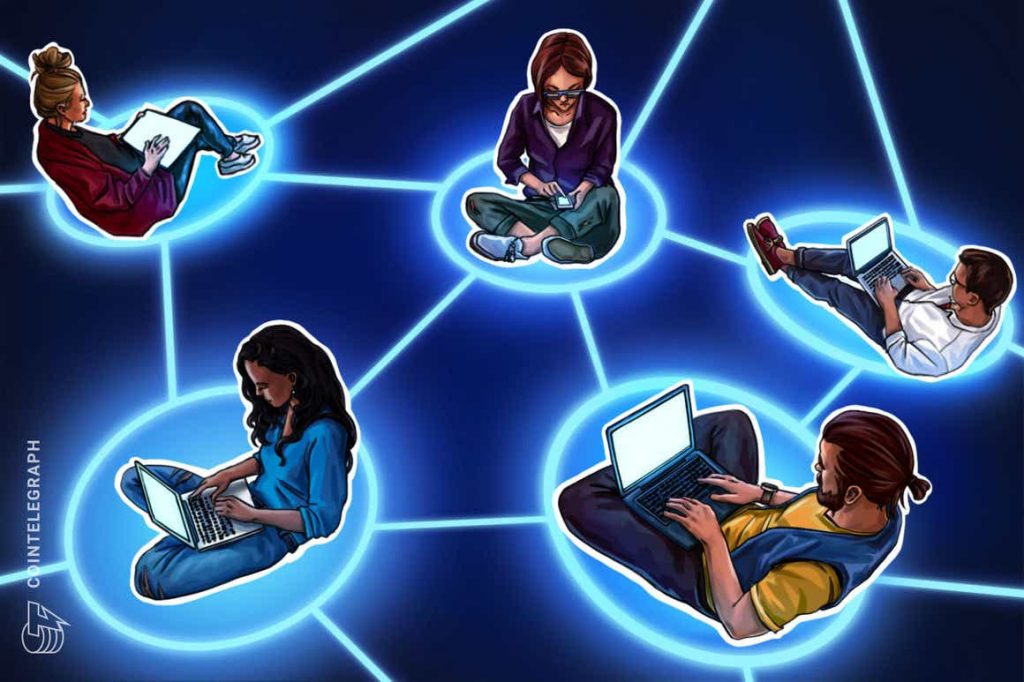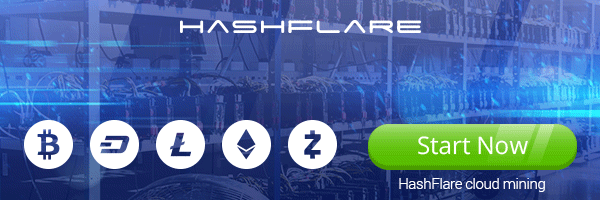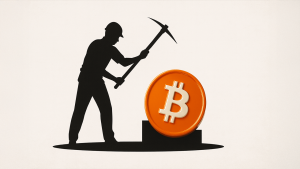Blockchain enables enterprise business models in the Metaverse

Enterprise blockchain has come a long way since its inception in 2017. Blockchain for enterprise use initially began as a technology built on private, permissioned networks, primarily used for supply chain management. As blockchain matured overtime, enterprises began to leverage public, permissionless networks like Ethereum to conduct business.
Fast forward to 2021 — enterprises are now applying decentralized concepts to create more efficient workflows in the Metaverse. William Herkelrath, head of business development at Chainlink Labs — a decentralized oracle network — told Cointelegraph that while the Metaverse is hard to define, he believes that it’s a collection of ecosystems that are growing naturally out of decentralized finance, or DeFi:
“Enterprises need to be interacting with the outside world and will therefore be forced to have ecosystems in the Metaverse. For example, consumers want to use loyalty programs outside of single platforms, so they will be more likely to choose brands that ensure rewards can be used within other ecosystems. The Metaverse allows for data, physical assets, commercial and financial assets to be set up in a layer outside of a centralized environment.”
The Metaverse for enterprises
While the concept may sound futuristic, a number of enterprises leveraging blockchain are beginning to embrace the Metaverse. This topic was discussed in-depth last Wednesday at the European Blockchain Convention’s virtual conference, during a panel entitled “Building the Enterprise Multiverse.”
David Palmer, blockchain lead at Vodafone Business, mentioned during the discussion that he views the Metaverse as much more than a virtual world where digital experiences via games or social media networks can take place. According to Palmer, the Metaverse is now being applied to financial concepts powered by blockchain technology, such as central bank digital currencies, nonfungible tokens, or NFTs, and DeFi.
Yet Palmer noted that the layer missing in the Metaverse is a way to transfer virtual transactions to the real world. Palmer noted that a mobile phone can bridge these two worlds together, acting as a middleware. He further told Cointelegraph that Vodafone Business is leveraging blockchain to create digital identities that can be applied in both the Metaverse and in real life:
“Digital identity will transcend the digital and physical worlds. For example, a digital wallet will contain a bank account, mortgage information, tokens, NFTs and more. But a decentralized identity will also have access to those credentials, allowing individuals to participate in the Metaverse and in the physical world.”
Palmer shared that Vodafone Business is working on building wallets within mobile devices to host virtual identities. The notion of self-sovereign identity in a multiverse was also mentioned in Greyscale Research’s recent report, titled “The Metaverse, Web 3.0 Virtual Cloud Economies.” The paper describes self-sovereign identity as being an “internet-native social reputation coin (creator coins),” noting that data from other platforms may be transferred into the Metaverse and used for identity or credit scoring.
Angel Garcia, head of global supply chain strategy and transformation at Telefonica, further explained during the panel that a digital supply chain for the Metaverse could help bring about efficiency for telcos. According to Garcia, Telefonica has taken the approach of creating a blockchain network to be used within a Metaverse ecosystem. He added that the company is currently in the process of gathering information to improve end-to-end processes. “The next step is automating those business processes and making them centralized for everyone,” he remarked.
Rowan Fenn, co-founder of Rise X — an enterprise solution for companies looking to build digital autonomous organizations — also mentioned that businesses can have a digital twin of their autonomous organization to govern, operate and control analog processes: “These organizations will be able to interact and transact with each other in real-time in a Multiverse. This will also allow the digital autonomous organizations to work together in an analog world.”
Fenn elaborated that companies with a digital twin in a Multiverse ecosystem will be able to produce more goods and services, while using less environmental resources. As such, he believes that this business model will allow the world to move away from a finite to an infinite economy.
Enterprises already use blockchain to operate in the Metaverse
While enterprises are still exploring early use cases for applying business models within the Metaverse, some sectors are already leveraging these environments. For example, Herkelrath mentioned that blockchain networks leveraged in the insurance industry demonstrates a Metaverse business model.
Specifically speaking, Herkelrath explained that hundreds of thousands of insurance contracts are being offered to farmers globally through virtual ecosystems. He added that smart contracts built on top of blockchain networks, along with decentralized oracles like Chainlink, have made it possible to solve challenges of transparency within the insurance industry. Moreover, this has streamlined the entire insurance process to make it globally accessible to disenfranchised customers.
Although it may appear that blockchain alone has enabled this, Herkelrath noted that smart contracts generated by insurance agencies require data that couldn’t have been gathered without the existence of a Metaverse:
“This is made possible because you have a metaverse of companies with data coming in that is verified by a broader network. The fact that this can happen in the Metaverse demonstrates that business-to-consumer transactions can become inexpensive and accessible to anyone in the world.”
How likely are enterprises to embrace the Metaverse?
While some companies are beginning to develop and leverage business models in the Metaverse, understanding the technology could hamper fast adoption. Rodolfo Quijano, head of blockchain at Henkel — a German chemical and consumer goods company — mentioned during the panel discussion that the biggest challenge driving adoption now is understanding the value that the Metaverse can provide to enterprises:
“Technology isn’t an issue, but it will take more time getting people to wrap their heads around what blockchain does and how this can compare with old-fashioned enterprise resource planning systems. Finding evangelists can be a big challenge for adoption in terms of blockchain being applied in the Metaverse.”
Palmer added that scalability within a Metaverse enterprise environment is also an issue, along with getting companies to understand how to transition and engage with this new technology: “For a teleco, the biggest point to consider is how to connect people in the Metaverse. People will have two identities, one virtual and one physical, so the question is if we will have the bandwidth in terms of connectivity.”
Moreover, Palmer believes that companies will question the role blockchain plays when it comes to Metaverse business models. However, he believes the technology is crucial for these use cases. “Blockchain is the trust and exchange layer in a multiverse environment. It’s a massive opportunity, but it will be a challenge for companies to make the transition.”












